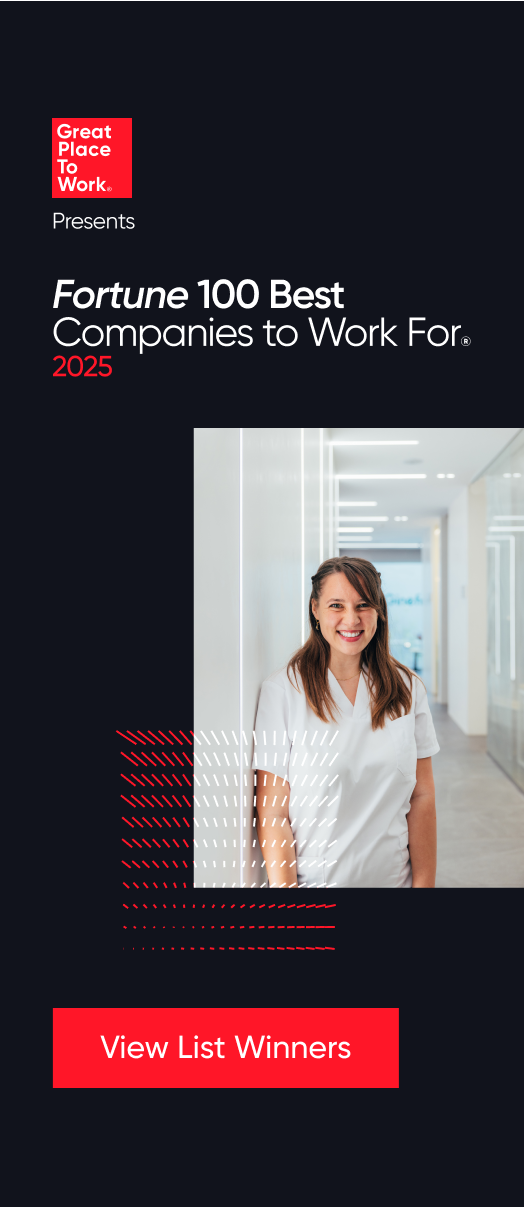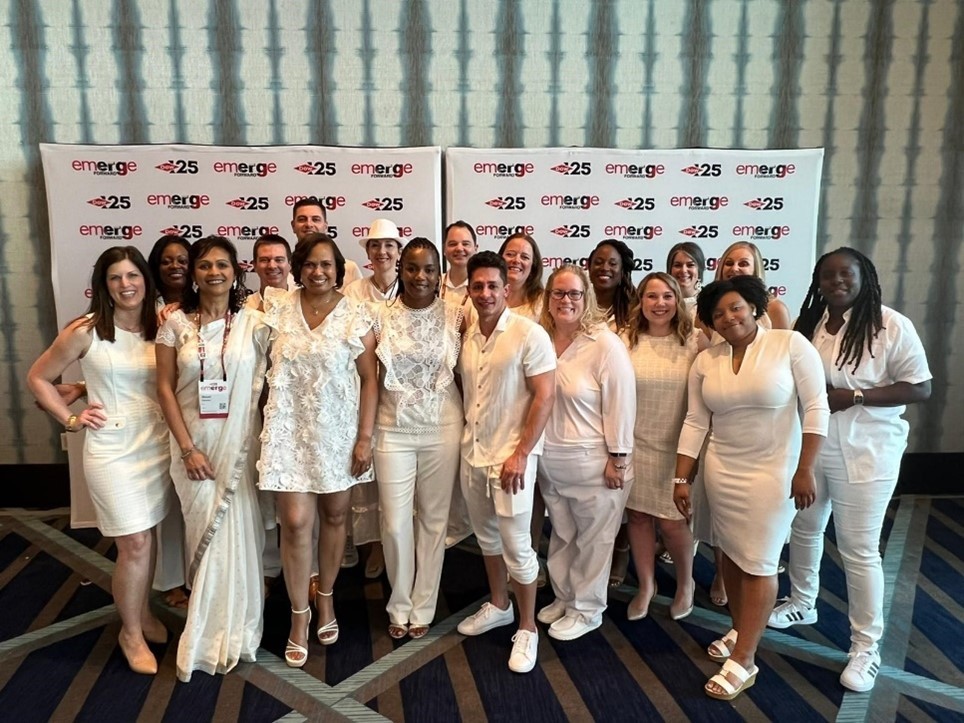If a particular demographic group only has a handful of representatives in a company, here’s what a great workplace can do.
The first step in building belonging and inclusion is investigating the contours of your workforce.
What demographic groups are underrepresented or overrepresented? What are the gaps between the experiences of different groups?
Those are hard questions to answer when you only have a handful of members of a particular demographic group in your organization. The number of responses from a group in your employee survey might not produce a statistically significant sample. Popular strategies like creating an employee resource group (ERG) might not make as much sense, either — but that doesn’t mean these groups shouldn’t get support from the organization.
When employees look at the roster of ERG groups at a company and don’t see one that fits their identity, they can feel overlooked, or worse.
“In some cases, they might feel that they can’t be their full selves at work,” says Matt Bush, senior strategic advisor at Great Place To Work®. “In a worst-case scenario, people might assume there is antagonism towards their identity in the workplace.”
Learn more about industry-leading ERG strategies at the For All Summit April 8-10 in Las Vegas!
How to support invisible groups
First, companies can ensure that employees feel comfortable sharing their identity with their employer.
“You may actually have more members of a group in your company, but not know because you have not created the conditions for them to be open about who they are,” Bush says. A self-ID campaign is a crucial early step to increase visibility and build trust.
“What we always recommend is coming up with a listing strategy and inviting members of your target group to collaborate with you,” Bush explains. Questions to ask include: “How would you like your organization to show up for you?” and “How would you like to be seen in the organization?”
Different groups will want different kinds of support. Employees might want to create an ERG, but they might also prefer something smaller, such as specific programming around a cultural holiday or awareness day.
Finally, if there is a specific group that your organization is looking to engage, you can lean on external resources and subject matter experts.
“Whether it’s a speaking engagement or someone that you can bring into consult, inviting in external leaders and experts can fill in the void,” Bush says. You can build a relationship with a resource and vet them over time, starting with a small engagement and building into a more meaningful partnership.
Nested ERGs offer important subgroups
Great Place To Work’s report “Untapped Energy: The Potential of ERGs” offers insights on adapting these groups to offer inclusion and belonging to smaller subgroups within an underrepresented demographic.
These subgroups can be crucial for giving smaller subgroups a place to experience the full benefits of ERG participation. Bush gives the example of a women’s ERG, which can have a vast amount of diversity within the group.
“A member might say: ‘Yes, I’m in a women’s ERG, but I'm still very much a minority here because I’m a Black woman,’” he says. To counter this experience of marginalization, some ERGs will create subgroups with dedicated separate meetings, programming, and goals.
Another strategy for ERG leaders is to open membership to all employees.
“This is something that a lot of companies disagree on,” Bush says. “Should ERGs be exclusively for people who identify as part of a group, or should they be also inviting to people who are allies or people who do not identify as a member of that group?”
Whatever strategy you adopt, it’s important to clearly communicate your approach. Some companies add a plus at the end of ERG names to expand expectations on who can participate and how groups will operate.
Make your ERGs work for all
To ensure that your ERG strategy creates space for every employee, Bush offers four tips:
1. Start with clear community agreements that provide space for all participants
“We always recommend that when ERGs are started, founding members in the organization work together to come up with a charter that makes sense for the goals of the people, the community, and the business,” Bush says.
These are often positioned as agreements, not rules, and are intended to guide behaviors and practices that will be productive toward the goals to the group. One example: Always have space and open floor time for subgroups in the ERG at group meetings.
2. Don’t prioritize demographic groups based on their prevalence in the organization
It’s a mistake to allocate your resources and levels of engagement solely based on who you think is represented in your organization, Bush says. Even if you are pretty sure you don’t have a single employee that identifies with a particular group, there is still value in raising the visibility of that group and its experiences.
“Whether it’s acknowledgement, education, lunch and learns, guest speakers — the value of these activities can still benefit the organization,” Bush says. “One day you might have someone who identifies with that group in your organization. You might have customers or suppliers who identify with that group. Building more understanding and empathy between groups is always beneficial.”
3. Find ways to get involved outside your organization
When looking to engage with underrepresented groups, consider opportunities outside the workplace. Find relevant charities where you can donate or sponsor a volunteer event, Bush recommends.
“Those are always beneficial, not only for the people who identify as those groups, but also just for your entire workforce to build bridges for themselves and develop the skills to build connections across wider, more diverse groups,” Bush says.
4. Start where you already have engagement and momentum
If you are just getting started with your ERG strategy, start by offering an ERG to employees who are actively requesting more support and resources. When one ERG launches and starts having events and producing results, other groups may want to follow suit.
“ERGs should be employee-led,” Bush says. “If some employees just have more energy or are just more gung-ho about doing it, let them take the lead.”
Join us in Las Vegas!
Register for the next For All Summit™, April 8-10, to connect with leaders and experts from great workplaces around the world.











